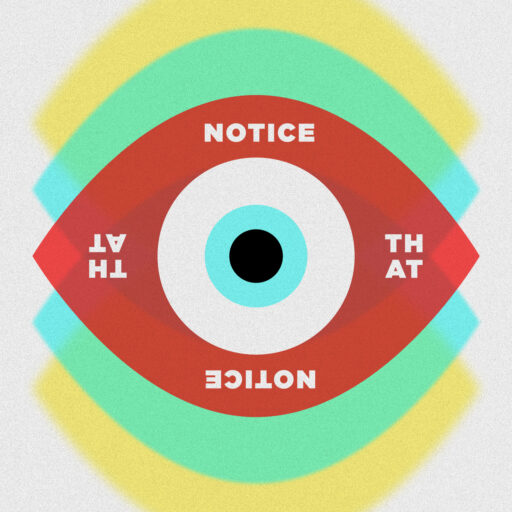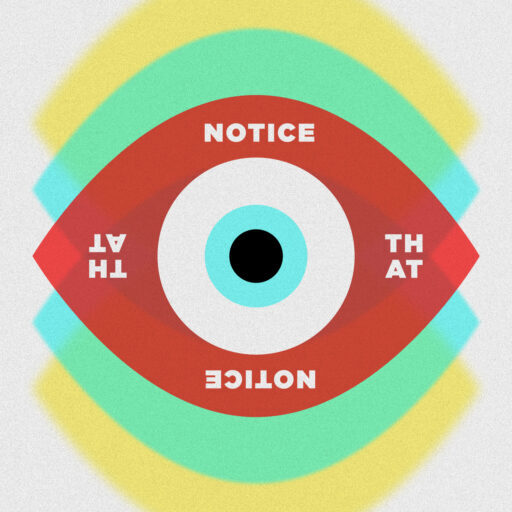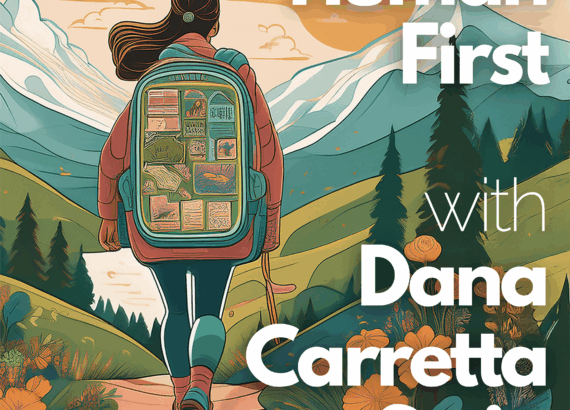Episode 55: What is Resourcing?

Listen in to hear Jen and Bridger discuss the fundamental components of resourcing so that we can create resources that are individualized for clients.
Check out our last two episodes, if you haven’t already! State Change vs. Trait Change and Three Pronged Protocol
What happens during a session that makes us think we now need to be resourcing?:
- It comes from understanding their history.
- The way we are able to pinpoint and identify a potential resource is understanding their attachment and neurodevelopment.
- What did they have (or not have) in the past that was adaptive material that we want to grow and build upon.
What about when the therapeutic relationship is new?
- Before, Jen believed that everyone needed a Calm Safe Place, Container etc. Now there’s more focus on what is emerging in the relationship between therapist and client.
- Asking “How are they responding to me? What’s their level of activation coming to therapy?” When they talk about their family, notice their response and what we feel is happening.
- When something adaptive is experienced between us, or they report on something adaptive outside of session, those can be resources.
- SIP model – mapping illuminating the gaps that need resourcing
What does resourcing mean, neurobiologically?
- There is an unveiling of various experiences where the client ran out of resources.
- Their internal capacity for affect tolerance and integration was found to be unsubstantial.
- Calm safe place and container- we are introducing an internalized experience of affect regulation.
- This is showing their own body its capability to regulate between distress and ability to cope with the intolerable affect.
- Let’s stop this activation of affect in our system and teleport, or bring ourselves away from that by containing the affect for a different time.
- For situations that need containing in this moment may need more resources at a later time.
- State change
- Many clients want a person with them in the envision of a calm safe place because a lot of these are child parts that need the safety of a supportive figure.
- Figured-resources are qualities and abilities that create affective experiences in that person.
- Rescuer, for example, brings a level of strength and resilience that you need in that space.
- Figure-resourcing, we are bringing them into the state of affect so that we can stay in this state for resolution and release.
- The strength of a new internalized figure is going to help them feel more prepared for handling situations in the future.
- Trait change
“I’m always looking for what can make you feel more prepared.”
- Client’s symptoms are sometimes their best resources.
- Their symptoms are their adaptive strategies.
- Sometimes, encouraging the fragmentation of the system is okay.
- When someone is still in a very unsafe situation, those resources are still very much needed.
Example: borderline personality disorder
- The resourceful parts
- Codependency is what they use to feel safe.
- The symptom came as an attempt to regulate and get the need for safety met.
Creating new resources:
- Going through the five senses and embodying that experience and installing each one. This involves using calm safe place and having them label each of their senses.
- “Tell me about a time when _____________________.”
- “What positive part of yourself do you feel right now? What emotions are you feeling right now?”
- A disconfirming experience
Takeaways:
- Resourcing is so much more vast than what we might have been originally taught and it is brought into every phase in EMDR.
- It’s not an isolated phase but part of each phase.
- It can be whatever the client needs in the moment and let your right brain take control!
Trainings:
- EMDR training coming up in Miami, OK August 2nd-6th
- EMDR training coming up in Springfield, MO September 16th-20th
- Register now by emailing us at training@beyondhealingcenter.com\
Follow us on social media!
Instagram:
Facebook:






